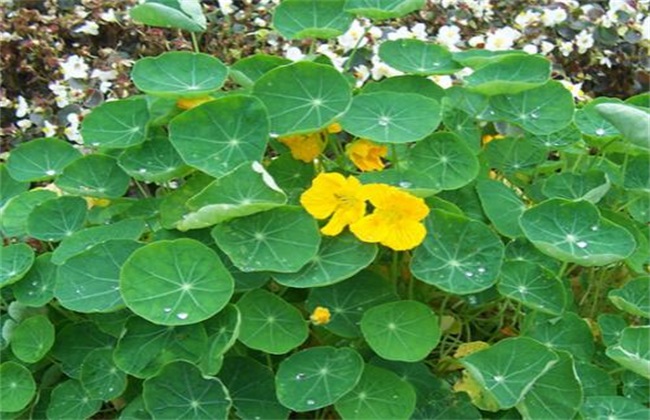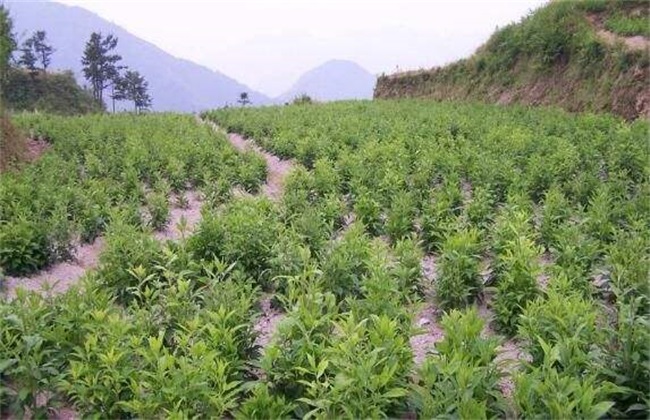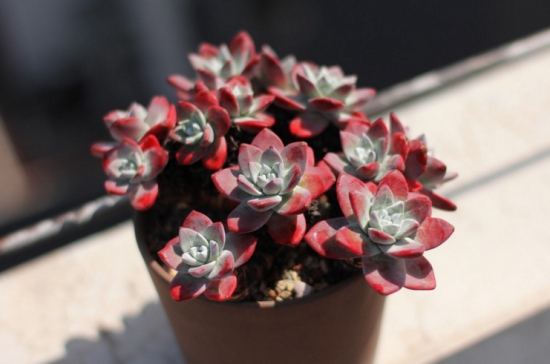What is the yellowing of the leaves of Clematis paniculata?
Clematis paniculata is a kind of flower plant with high ornamental value. It is also a popular flower in China, and the planting area of Clematis paniculata is relatively large. However, when planting dry lotus, we often encounter some problems to reduce the ornamental value of the lotus. And the yellowing leaves of Clematis paniculata is one of them. So what exactly is the yellowing of the leaves of Clematis paniculata? Let's take a look at it.

1. Too much water
As soon as you hear the name, you can know that it doesn't have a high demand for moisture. Especially after the lotus blossoms, we must pay attention to reduce the amount of water, if the watering is too much, it is easy to cause the branches to grow too much. And if there is no timely drainage or poor drainage and irrigation, the roots are easy to be retted, light will lead to yellow leaves, heavy will lead to plant death. Therefore, when we are planting, we should not only pay attention to the control of watering, but also pay attention to the drainage and irrigation capacity of the soil, and drain water in time when producing stagnant water, so as to avoid affecting the growth of Trollius.
2. Excessive fertilization
Although it is necessary to apply fertilizer properly when it is growing, we must pay attention to controlling the concentration and amount of fertilizer when applying fertilizer. Do not be too thick and too large, otherwise it will easily lead to the root of Nelumbo nucifera being burned by fertilizer. After the root is burned, the absorption of nutrient water is blocked, and there is no adequate nutrition, then the leaves of Clematis paniculata will naturally be affected. When fertilizing, you can choose natural fertilizer, do not apply too much, to meet the nutritional needs of the growth of Clematis paniculata. It can also be applied diluted special fertilizer for flowers.
3. Excessive illumination
Light also has a great effect on the growth of Trollius. When we plant dry lotus, we should adjust the light and temperature reasonably according to the change of season. Except for summer, the light is very friendly to Clematis paniculata. The summer light is very strong, if there is no timely sunshade, then it may lead to leaf sunburn. And if the temperature and light are beyond the bearing range of the lotus, then the leaves will gradually dormant, resulting in withered yellow phenomenon. Therefore, we must pay attention to do a good job of shading the sunshade in summer.
4. Diseases and insect pests
Diseases and insect pests are also one of the main reasons for the yellowing of Clematis paniculata leaves. Among them, insect pests are the most serious, such as red spider, leaf miner and so on. These insect pests will cause harm to the lotus, sucking the growth and nutrition of the lotus. Resulting in many wounds in the leaves, decreased photosynthetic capacity, lack of nutrition, resulting in yellowing of the leaves. Therefore, when we plant, we must always check the growth of Clematis. When eggs are found, the leaves should be cut off and taken out of the field to burn, and then properly sprayed around the plant to disinfect.
The above is a brief introduction to the yellowing of Clematis paniculata leaves. That's all for today's introduction. This article is for reference only. I hope it can help you all.
- Prev

How to manage the planting warehouse
How to manage the planting warehouse
- Next

Sowing knowledge of succulent plants, including soil cultivation, germination rate and survival rate of succulent plants
Many fleshy flower friends should have their own experience of sowing meat, many times will not succeed, there are many factors, there are seeds, matrix and so on, the following is a summary of some experience of flower friends sowing meat, very reference significance. Succulent plant seeding
Related
- Fuxing push coffee new agricultural production and marketing class: lack of small-scale processing plants
- Jujube rice field leisure farm deep ploughing Yilan for five years to create a space for organic food and play
- Nongyu Farm-A trial of organic papaya for brave women with advanced technology
- Four points for attention in the prevention and control of diseases and insect pests of edible fungi
- How to add nutrient solution to Edible Fungi
- Is there any good way to control edible fungus mites?
- Open Inoculation Technology of Edible Fungi
- Is there any clever way to use fertilizer for edible fungus in winter?
- What agents are used to kill the pathogens of edible fungi in the mushroom shed?
- Rapid drying of Edible Fungi

